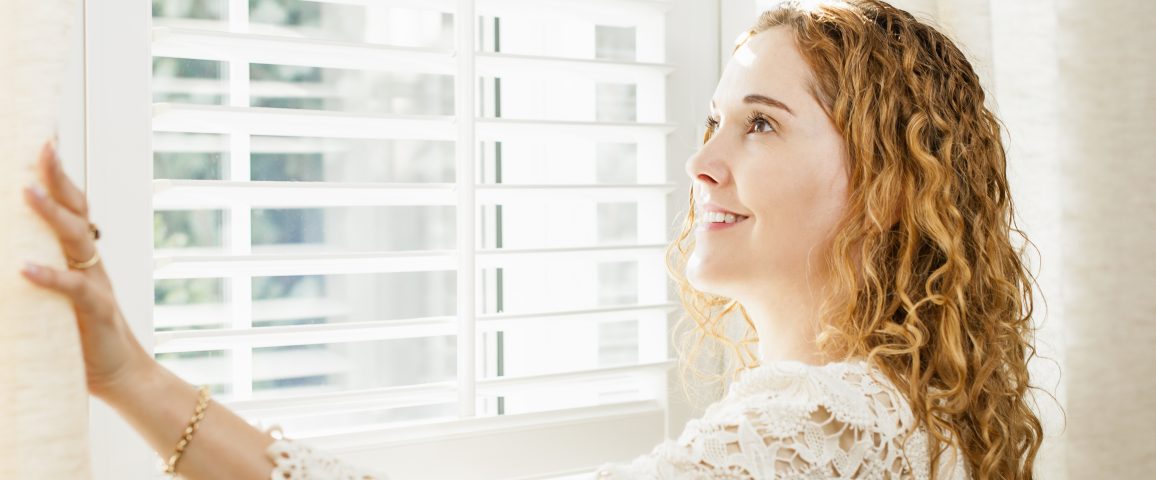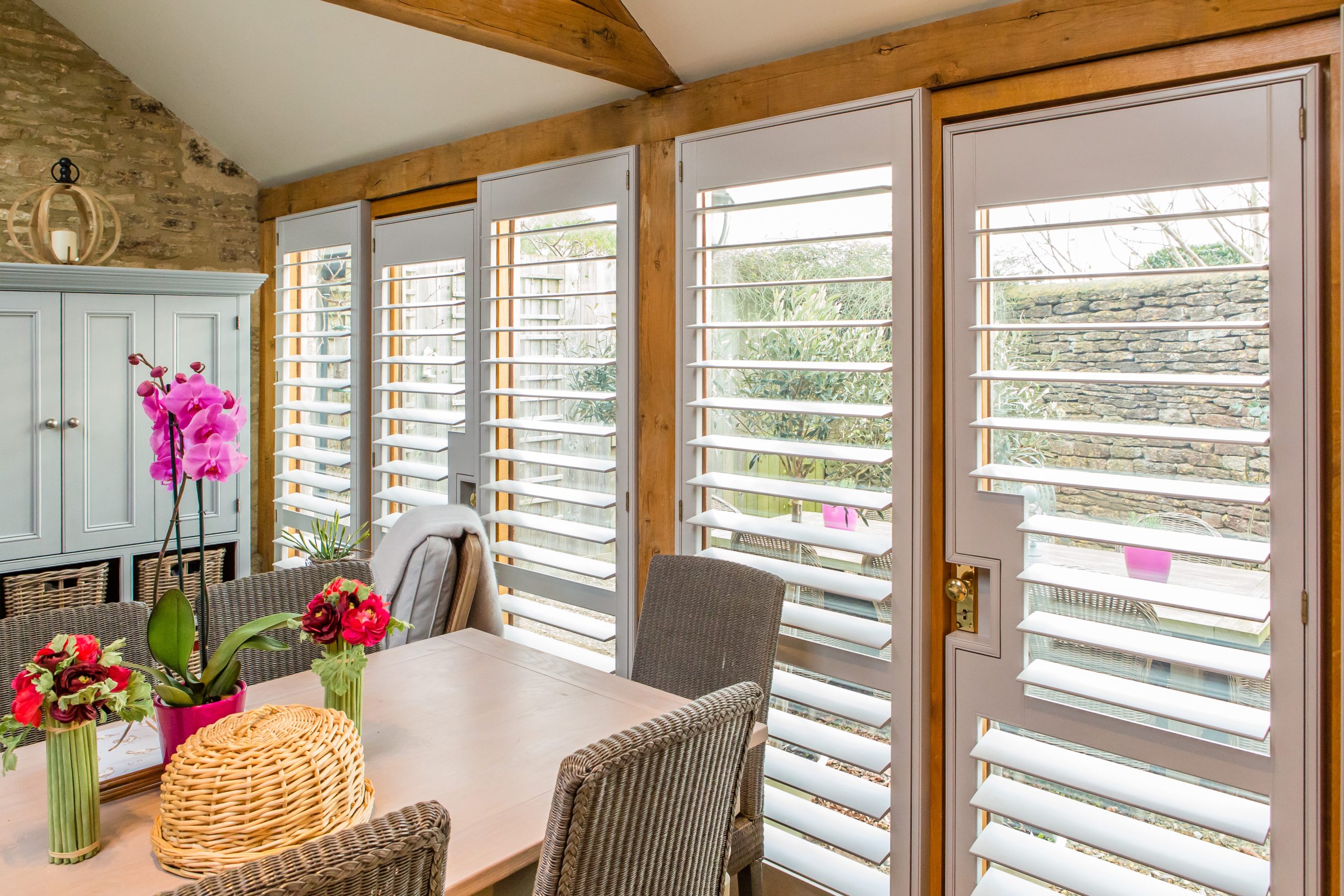There are few means of adorning your windows that come close to the style and grandeur of shutters. While even high-quality curtains can fray and lose their lustre over time, not to mention their designs going out of fashion, window shutters are timeless.
Anyone who has them will know why. They are not just aesthetically pleasing, but practical, helping to keep the heat in when it is cold outside and acting to manage the level of heat and light coming in on bright, sunny days. Their flexibility means you can adjust them to please, without them ever looking untidy or awkward.
Perhaps it is because of these qualities that shutters have such a long history. They originated in the Balkans, specifically in ancient Greece. The culture that brought us Socrates and Plato, democracy, the Hippocratic Oath, the Acropolis, and the Olympics also brought forth another remarkable thing we can be thankful for.
How Shutters Started
However, the Greeks did not quite have shutters like the ones you can enjoy today. Instead, they used marble to make them and, while the general purpose of restricting heat and light flooding in through the windows of a hot Mediterranean country was in keeping with later times, they lacked the lightness and flexibility of wooden blinds.
Like so many other things the Greeks invented, others took their idea and improved it. Other cultures across southern Europe, saw the benefits of shutters in regulating heat and light, but found the easy availability and greater convenience of wood and made it the material of choice. This mostly remains so today.
Among the ways the use of wood could make shutters more user-friendly were the louvres, the angled slats that enable light and air to pass through.
Shutters Move Northwards
Indeed, it should be understood that the historical function of shutters, until fairly recently, was to act as a means of keeping out dust, noise and dirty air from the surrounding streets, as well as maintaining privacy and providing insulation, especially in the colder and wetter climates of northern Europe.
Of course, it was the wealthier people who did the most to introduce them to more northerly parts of Europe. This was not just because this class would include the few people with the wealth to travel easily to southern Europe (except for sailors or merchants), but because shutters proved useful for their large residences with big windows.
Examples of this included French King Louis XIV, who instructed they be introduced to his palace. They proved especially useful in allowing shelter from the sun and relaxation on hot days, keeping out bugs and preventing rain from getting in.
It was in more recent times, when glazed windows became the norm, that shutters became internal rather than external, taking their place behind the glass, although there are some places, such as the US, where external shutters outside glass windows remain popular. This may be attributed to the need to provide extra protection against severe weather, such as harsh winters in some states and hurricanes in other regions.
Shutters were introduced to America by the Spanish and were used on plantations in the south, from which the term ‘plantation shutters’ emerged and has been in common usage ever since.
The Switch To Indoor Shutters
The significant change to glass windows meant the role of shutters subtly changed. They could still be used to restrict heat and light intrusion, but they did not need to be so robust to keep out the rest of the weather.
This meant the purpose of shutters was subtly altered. Provided the glass was strong enough to withstand the weather – something the invention of double glazing has made even more certain – shutters can now take on the equivalent role of blinds or curtains.
However, unlike blinds or curtains, which form broad, opaque barriers, the flexibility of the louvres gives most shutters the flexibility to allow in more or less light as required (and with it heat).
In addition, windows on various sides of the house get light at various times of the day, and indeed the year, and this in turn, differs from region to region. For example, in a more northerly country like Britain, there will be summer evenings when a north-facing window will get direct sunlight to a far greater extent than a home in the Mediterranean region.
Now And Next – Where Shutters Go From Here
All this brings us to the present day, where shutters offer an alternative to curtains and blinds in all manner of homes. Long gone are the days when only the wealthiest can afford good-sized windows, although if you do have large windows and a big house, this may make shutters a particularly good option.
This brief history of shutters taking us from the Balkans in ancient times to modern homes in Buckinghamshire would not be complete, however, without reflecting on what the future may bring.
With the climate changing, it may be that the Chilterns soon have a climate more akin to Athens, which means the kind of motives for having shutters that saw them invented to begin with are increasingly applicable here.
At the same time, with the environment being such a major issue for us all, we can be sure that wood will not be going away as the material of choice. As the saying goes, the more things change, the more they stay the same.


